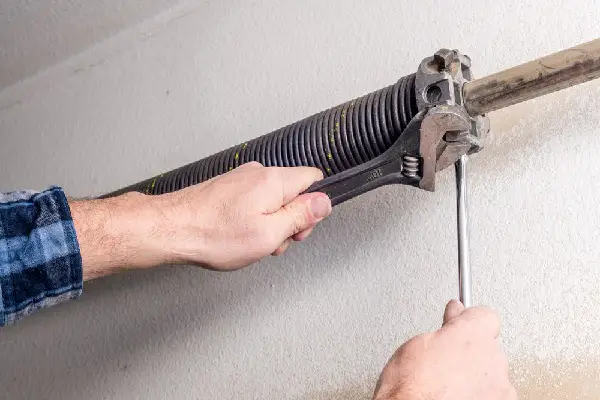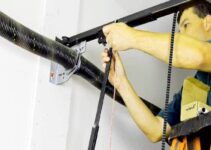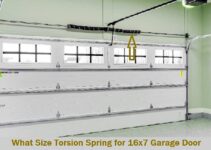Winding Garage Door Springs
A garage door is a crucial component of any household, providing security and protection to your car, bikes, and other valuable items stored inside.
The garage door springs are an essential part of the garage door system, providing the necessary force to lift the heavy door and make it move smoothly.
However, these springs are subjected to constant wear and tear, and eventually, they need to be replaced or rewound. If you’re experiencing issues with your garage door springs, this guide is for you.
In this article, we’ll cover everything you need to know about winding garage door springs, including the different types of springs, the process of winding, and the safety precautions you should take.
Types of Garage Door Springs
There are four types of garage door springs: torsion springs and extension springs. Torsion springs are located above the door and are the most common type of springs used in modern garage doors.
They work by twisting when the door is opened and untwisting when the door is closed, providing the necessary force to lift the door.
Extension springs, on the other hand, are located on either side of the door and stretch and contract when the door moves. These springs are typically used in older garage door systems and are less common than torsion springs.
The Process of Winding Garage Door Springs

Winding garage door springs is a delicate and potentially dangerous task that should only be performed by a professional. Attempting to wind the springs yourself can result in serious injury or damage to your garage door.
The process of winding garage door springs involves adjusting the tension in the springs, so they provide the correct amount of force to lift the door.
The tension is adjusted by winding the springs tighter or loosening them, depending on the weight of the door and the desired level of tension.
Safety Precautions
When it comes to winding garage door springs, safety should be your top priority. Before you attempt to wind the springs, make sure to take the following safety precautions:
- Disconnect the power to the garage door opener. This will prevent the door from accidentally closing on you while you’re working on the springs.
- Wear protective gear, including gloves and safety glasses.
- Use caution when handling the springs, as they are under high tension and can cause serious injury if they snap.
Read Also:
Garage Door Spring Repair Cost
Conclusion
Winding garage door springs is a crucial step in maintaining the smooth and efficient operation of your garage door.
Whether you’re a professional or a DIY enthusiast, make sure to follow the safety precautions and only attempt to wind the springs with the help of a professional.
With the information provided in this guide, you should have a better understanding of the different types of springs, the process of winding, and the safety precautions you need to take.
If you’re experiencing issues with your garage door springs, don’t hesitate to call a professional for help.


